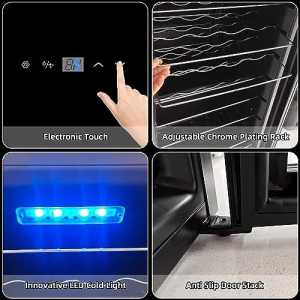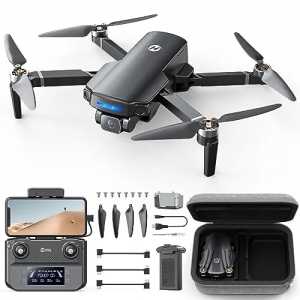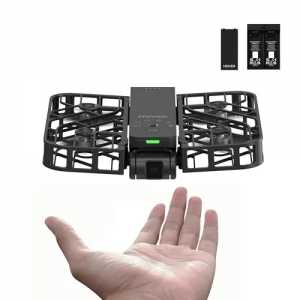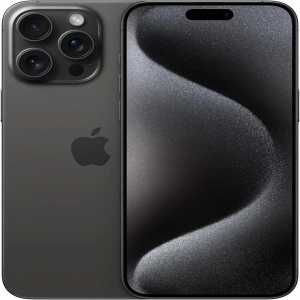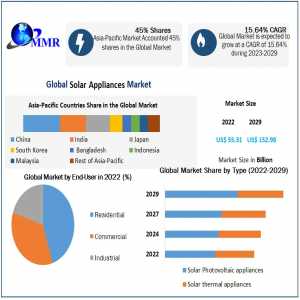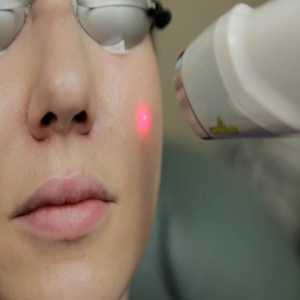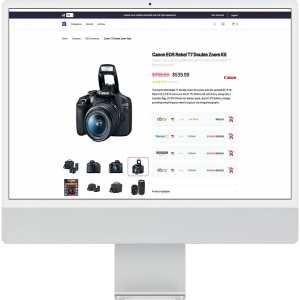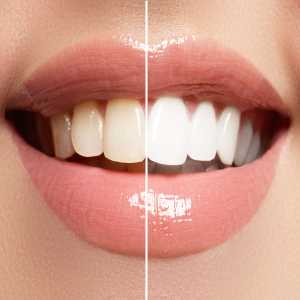
LASIK Vs. PRK: Which Eye Surgery Is Right For You?
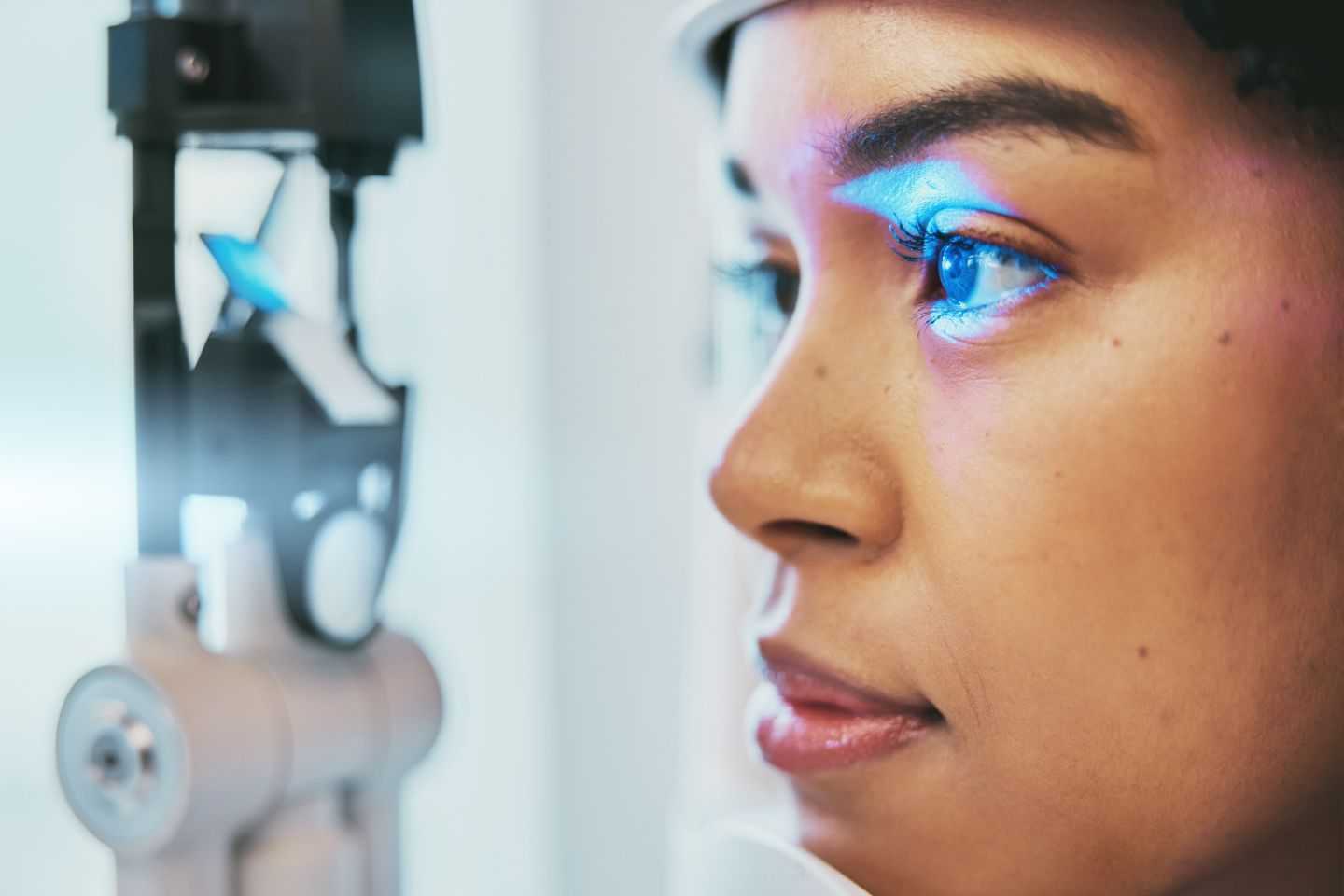
When considering laser eye surgery to correct vision problems such as nearsightedness, farsightedness, or astigmatism, two of the most popular options are LASIK (Laser-Assisted In Situ Keratomileusis) and PRK (Photorefractive Keratectomy). While both procedures aim to reduce or eliminate the need for glasses or contact lenses, key differences may make one more suitable for you than the other.
In this blog, we’ll explore the similarities and differences between LASIK and PRK, helping you decide which procedure best suits your eyes and lifestyle.
What Is LASIK?
LASIK is a popular laser eye surgery that reshapes the cornea to correct refractive errors. The procedure involves creating a thin flap in the cornea’s outer layer. The surgeon then uses a laser to reshape the underlying corneal tissue, allowing light to focus correctly on the retina for clearer vision. After the cornea is reshaped, the flap is replaced and heals naturally without stitches.
LASIK is quick, typically taking about 10–15 minutes per eye, and recovery is fast. Most people notice improved vision within 24–48 hours.
What Is PRK?
PRK is another laser eye surgery that reshapes the cornea to correct refractive errors. However, unlike LASIK, PRK doesn’t involve creating a flap. Instead, the surgeon removes the cornea's thin outer layer (the epithelium), allowing the laser to reshape the underlying tissue. The epithelium regenerates over a few days after surgery.
While PRK takes slightly longer to heal than LASIK, it offers the same long-term vision correction results.
The Similarities Between LASIK and PRK
Both LASIK and PRK are designed to correct refractive errors by reshaping the cornea, leading to improved vision. Here are a few key similarities between the two procedures:
- Effective Vision Correction: LASIK and PRK are highly effective in treating nearsightedness, farsightedness, and astigmatism. The long-term results of each procedure are very similar, with most patients achieving 20/20 vision or better.
- Laser Technology: Both surgeries use excimer lasers to reshape the cornea, allowing light to focus more accurately on the retina.
- Outpatient Procedures: LASIK and PRK are outpatient procedures, meaning you can go home the same day after surgery.
- Minimal Pain: Both procedures are generally painless, though PRK may have slightly more discomfort during the healing process since the cornea’s outer layer is removed.
- Long-Term Results: LASIK and PRK provide comparable long-term vision correction results over time.
Key Differences Between LASIK and PRK
While both procedures are similar in many ways, key differences can affect which one is right for you.
1. Corneal Flap (LASIK) vs. No Flap (PRK)
- LASIK: In LASIK, the surgeon creates a thin flap in the cornea’s outer layer. This flap is lifted during surgery and replaced afterward. This flap can lead to a quicker recovery time, but it also means LASIK patients need to be cautious about activities that could dislodge the flap, particularly in the weeks following surgery.
- PRK: PRK doesn’t involve creating a flap. Instead, the cornea's outer layer is removed, regrowing naturally over a few days. While this leads to a longer recovery time, flap complications are not risky. PRK may be better for individuals involved in contact sports or activities where the eye is exposed to potential trauma.
2. Recovery Time
- LASIK: Recovery from LASIK is typically faster. Most people experience significant improvement in their vision within 24–48 hours, and they can resume normal activities within a few days. Full healing can take a few weeks, but functional vision returns quickly.
- PRK: Recovery from PRK takes longer because the epithelium needs time to regenerate. Vision may be blurry for the first few days, and it can take one to three months to reach the final visual outcome. However, once healed, the results are just as good as LASIK.
3. Who Is a Better Candidate?
- LASIK: Since the procedure involves creating a flap, LASIK requires a certain level of corneal thickness. LASIK might not be the best option if your corneas are too thin. Also, LASIK is typically preferred for those with mild to moderate refractive errors and individuals wanting a quick recovery time.
- PRK: PRK is often recommended for individuals with thinner corneas, dry eyes, or other corneal irregularities that make LASIK risky. It’s also a better option for those involved in high-impact sports, as there’s no risk of flap dislocation after surgery. If you’re not a candidate for LASIK, PRK may be the ideal alternative.
4. Discomfort During Recovery
- LASIK: Most LASIK patients experience minimal discomfort, often described as mild irritation or dryness. Any discomfort typically resolves within a few days.
- PRK: PRK patients may experience more discomfort during the initial recovery period, including mild to moderate pain, light sensitivity, and blurred vision for the first few days. Eye drops and medications are usually prescribed to ease these symptoms.
5. Cost
- LASIK: LASIK tends to be slightly more expensive than PRK due to the added step of creating a corneal flap and its quick recovery time. However, the cost varies depending on the clinic, surgeon, and technology.
- PRK: PRK can be slightly more affordable than LASIK, though the difference in cost is often minor. The procedure is more time-consuming for the surgeon, but the overall costs may be lower since it doesn’t involve the flap-creation technology used in LASIK.
LASIK surgery cost in Chinchwad can vary, making it essential for individuals seeking affordable options to research local clinics and available financing plans. Many clinics offer competitive pricing for LASIK, which can include pre-operative consultations and follow-up care. Understanding the total cost, including potential additional fees, ensures that patients can make informed decisions while prioritizing their vision health without compromising on quality care.
Pros and Cons of LASIK
Pros:
- Fast recovery time.
- Minimal discomfort after surgery.
- Immediate improvement in vision for most patients.
Cons:
- Risk of flap-related complications (though rare).
- It is not suitable for those with thin corneas.
Pros and Cons of PRK
Pros:
- No flap-related risks make it safer for people involved in contact sports.
- Suitable for individuals with thin or irregular corneas.
- It is equally effective as LASIK in the long term.
Cons:
- Longer recovery period.
- More discomfort in the first few days after surgery.
How to Choose Between LASIK and PRK
Deciding between LASIK and PRK depends on several factors, including your eye health, lifestyle, and personal preferences. Here are a few questions to ask yourself when considering which procedure might be right for you:
- Do I have thin corneas? If your corneas are too thin for LASIK, PRK is likely the better option.
- Am I involved in sports or physical activities? If you play contact sports or have a job that involves physical risks, PRK may be safer due to the lack of a corneal flap.
- How quickly do I want to recover? LASIK may be more appealing if you want faster results and minimal downtime.
- Am I okay with a slightly longer recovery? If a longer recovery period isn’t a concern and you’re focused on the long-term outcome, PRK could be a great fit.
Final Thoughts
LASIK and PRK are excellent options for vision correction, offering long-term results and freedom from glasses or contact lenses. The choice between the two depends on your eye characteristics and lifestyle needs. Consulting with a qualified eye surgeon is the best way to determine which procedure is right for you.
Whether you choose LASIK or PRK, both can offer life-changing benefits and a clearer vision, helping you see the world in a new way.
Author Bio
Article Comments
No Comments!
At present there are zero comments on this article.
Why not be the first to make a comment?
Similar Articles
Search Pages
User Upgrade
account to full use of editor,
Including hyperlinks
Article Categories
There are zero sub-categories in this parent category.
There are zero sub-categories in this parent category.

